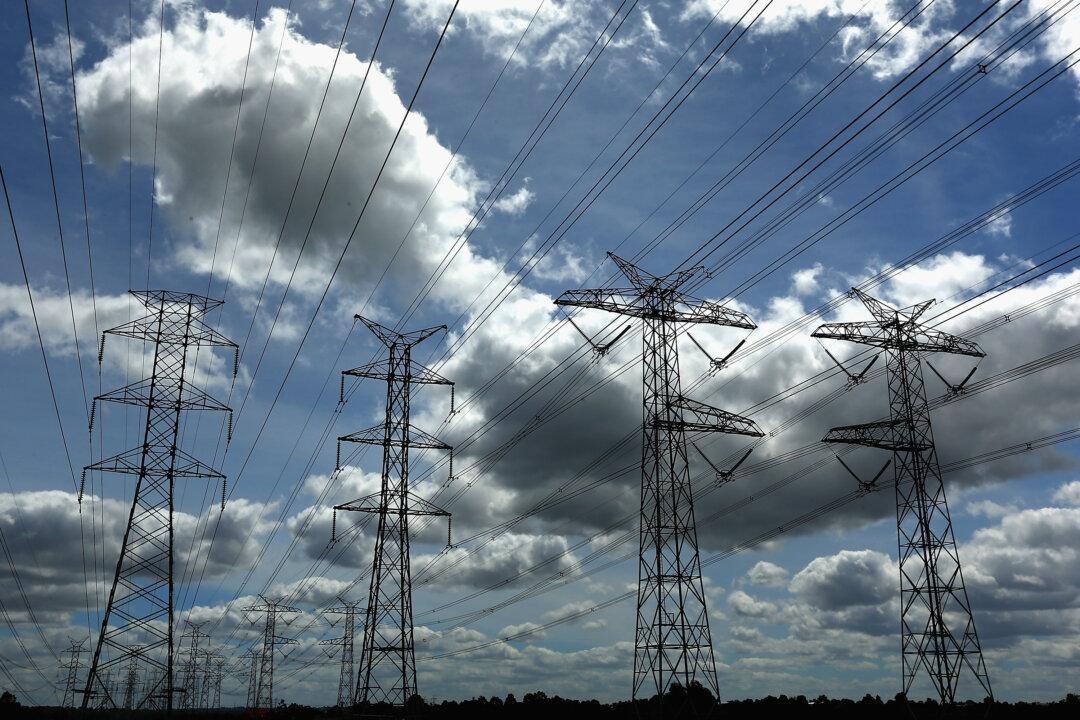Australian households and businesses are faced with another cost of living pressure, with wholesale electricity prices revealed to have more than doubled over the last year.
The Australian Energy Market Operator revealed in its latest quarterly energy dynamics report that electricity spot prices had soared 141 percent over the year to the 2022 March quarter (Q1), to an average of $87 per megawatt-hour (MWh).





